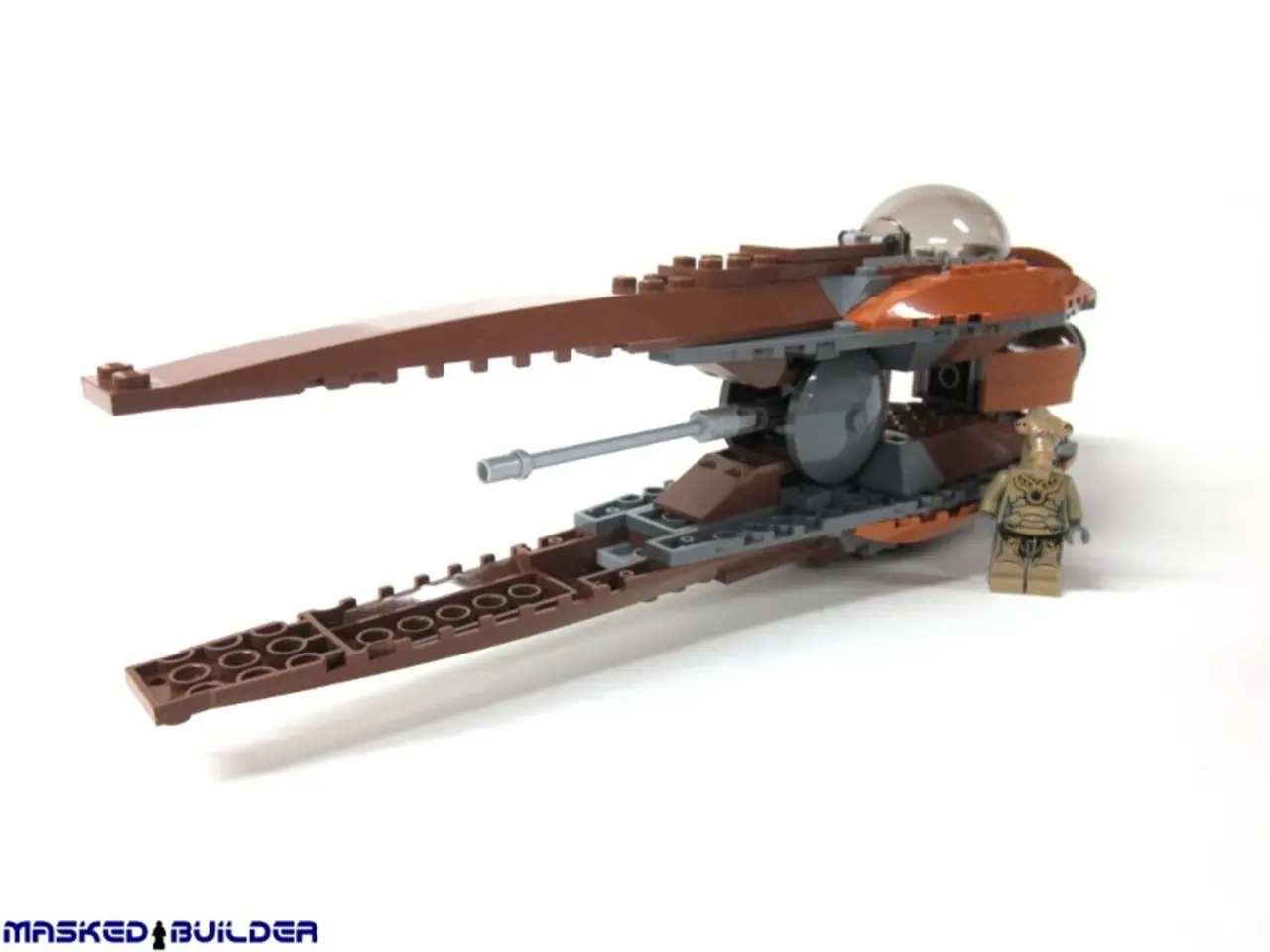U.S. tariff reduction brings back stalled orders for textile exports companies
Bangladesh's exporters are set to reap the benefits of a lower reciprocal tariff rate on their products in the US market, following a reduction from 35% to 20%. This move, which came into effect in early August 2025, places Bangladesh in a more favourable position compared to India, China, Vietnam, and Pakistan.
The new tariff rate for Bangladeshi products is on par with the rate for Vietnam (20%) and slightly higher than the rates for Pakistan (19%). In contrast, India faces a 25% tariff, which is expected to dampen its export competitiveness in key sectors.
The tariff cut is expected to boost export volumes and maintain Bangladesh's competitiveness in the US market, especially in the garment sector. According to Bangladeshi Commerce Adviser Sk Bashir Uddin, the 20% tariff rate will ensure that exports to the US are not hampered, though exporters had hoped for rates below 20%.
However, it's worth noting that total import costs for Bangladeshi exporters in the US may still include an average 15% regular tariff plus an additional 20% countervailing tariff, effectively totaling around 35% in some cases. This complexity means the immediate impact varies by product category and trade terms.
The lower tariff rate is expected to benefit exporters like Sparrow Group, which exports approximately $300 million worth of garments annually, with $160 million going to 17 US buyers. Shovon Islam, managing director of Sparrow Group, reported that US buyers had put on hold orders for 3,00,000 pieces of clothing worth about $5 million. After the rate was lowered to 20%, these buyers contacted Sparrow Group to continue the order.
The reduced tariff rate may also encourage some orders to shift from China to Bangladesh. Liang Fashion Limited, a US buying house in Dhaka, confirmed that its client SouthPole finalised an order of 76,600 pieces of long pants and shorts the same day the tariff was revised.
However, exporters may face challenges if a 40% value addition requirement is imposed, as it's not possible to achieve that rate for some products. To remain competitive, exporters need to improve logistics, customs efficiency, and increase productivity. Government support is required to maintain uninterrupted power and gas supplies and improve the efficiency of the National Board of Revenue (NBR) and Chattogram Port.
Bangladesh requires over $4 billion in cotton annually, with only $300 million currently sourced from the US. The Bangladesh Textile Mills Association plans to increase this to $1 billion. If a minimum of 20% of the raw materials used in a garment are sourced from the US, the 20% tariff may not apply to the value of those materials.
Twelve of Shovon's top-tier US buyers are continuing to absorb the new tariff rate themselves. Kazi Iftequer Hossain, president of the Buyers Council, believes the new tariff rates will prevent orders from shifting to competing countries. Fresh negotiations on held orders will begin within a week to clarify how buyers intend to handle the additional tariff pressure.
In summary, the US tariff changes improve Bangladesh’s competitive advantage over India and several other countries in the US market, benefiting Bangladeshi exporters and potentially their US buyers by reducing costs and sustaining export growth. The lower tariff rate may also encourage some orders to shift from China to Bangladesh. However, exporters must focus on improving logistics, customs efficiency, and productivity to remain competitive.
The lower tariff rate for Bangladeshi products in the US market, at 20%, positions them favorably compared to India's 25%, potentially enhancing the competitiveness of Bangladeshii business and finance sectors in key industries. Furthermore, the favorable tariff rate may encourage some US finance sectors to shift orders from China to Bangladesh, such as the case with Liang Fashion Limited's client SouthPole.




